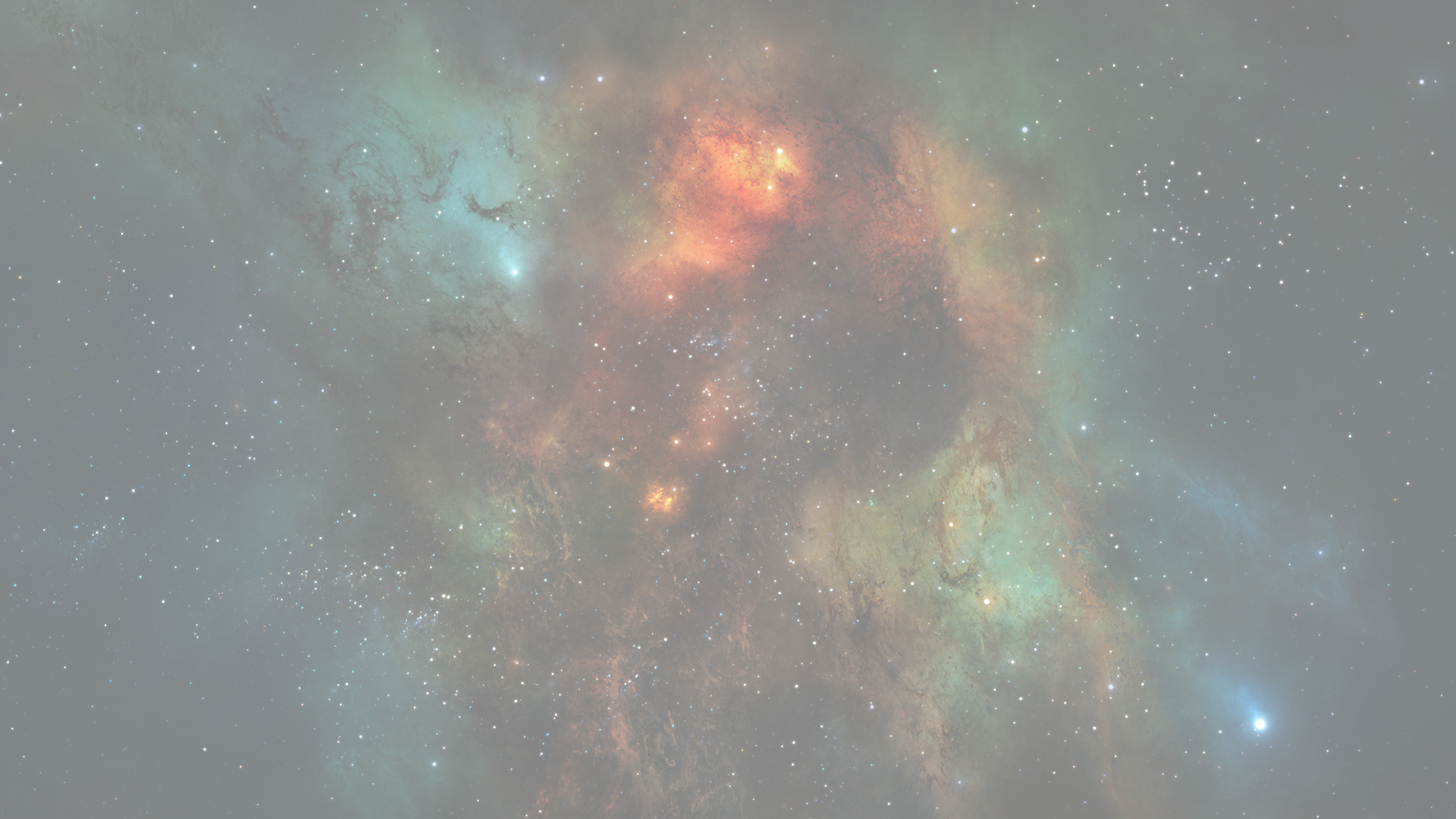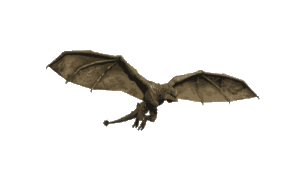


What is Aboriginal Astronomy?
This is an overview. For details, go to Hardcore stuff
When the British first occupied Australia in 1788, many of the Aboriginal people that they drove from their land probably knew the Southern sky better than the most accomplished British navigators. But nobody thought to ask.
The southern sky is striking compared to that of the Northern hemisphere, often dominated by the magnificent river of the Milky Way weaving across the zenith, crossed by numerous dust lanes. For those living in Australia before the advent of streetlights, the night sky would be an important and integral part of their understanding of the world. Naturally, they would notice that particular stars or patterns are seen only at certain times of the year. Furthermore, since many chose to travel in the cool of the night, they would quickly find that stars are useful for navigation.
Across Australia are many different rich and vibrant Aboriginal cultures, each with its own astronomy. But there are common threads. Many have stories of a female Sun who warmed the land, and a male Moon who was once a young slim man (the waxing crescent Moon), but grew fat and lazy (the full Moon). But then he broke the law, and was attacked by his people, resulting in his death (the new Moon). After remaining dead for 3 days, he rose again to repeat the cycle, and continues doing so till this day. The Kuwema people in the Northern Territory say that he grows fat at each full moon by devouring the spirits of those who disobey the tribal laws.
Some Aboriginal people use the sky as a calendar to tell them when it's time to move to a new place and a new food supply. The Boorong people in Victoria know that when the "Mallee-fowl" constellation (Lyra) disappears in October, to "sit with the Sun", it's time to start gathering her eggs on Earth. Other groups know that when Orion first appears in the sky, the Dingo puppies are about to be born.
 The stars are also law-books, telling people how to live on Earth. The Yolngu people of Arnhem Land say that the constellation of Orion, which they call Julpan, is a canoe. They tell the story of two brothers who went fishing, and caught and ate a fish that was forbidden under their law. Seeing this, the Sun sent a waterspout that carried the two brothers and their canoe up into the sky where you can still see them.
The stars are also law-books, telling people how to live on Earth. The Yolngu people of Arnhem Land say that the constellation of Orion, which they call Julpan, is a canoe. They tell the story of two brothers who went fishing, and caught and ate a fish that was forbidden under their law. Seeing this, the Sun sent a waterspout that carried the two brothers and their canoe up into the sky where you can still see them.
When Yolngu people die, they are taken by a mystical canoe, Larrpan, to the spirit-land (Baralku) in the sky, where you can see their camp-fires burning along the edge of the great river of the Milky Way. The canoe is sent back to earth as a shooting star, letting their family on Earth know that they have arrived safely in the spirit-land. At a beautiful and important ceremony, the Yolngu people gather after sunset to await the rising of Barnumbirr, or Morning Star, which Europeans call Venus. As she approaches, in the early hours before dawn, she draws behind her a rope of light attached to Earth, and along this rope, with the aid of a richly decorated "Morning Star Pole", the people are able to communicate with their dead loved ones, showing that they still love and remember them.
But you don't have to travel to the North of Australia to learn about Aboriginal Astronomy. On a autumn evening, anywhere in Australia, find a dark location, well away from street-lights, and look in the South-East for a great dark shape in the sky, with a black head (the Coalsack, next to the Southern Cross), and dark legs trailing our along the Milky Way to Scorpius. This is the great emu in the sky, the subject of songs and stories in many parts of Australia. Just North of Sydney, in the Ku-ring-gai National Park, are extensive rock engravings of the Guringai people who used to live there, including representations of the creator-hero Daramulan and his emu-wife. On autumn evenings, the emu in the sky stands directly over her portrait, just at the time when it's time to gather emu eggs. Is that why the Guringai people carved her picture just there, in just that direction? Sadly, the people who could have told us have long since disappeared.
To read more about Aboriginal Astronomy, I suggest you next go to the popular articles on this page.
